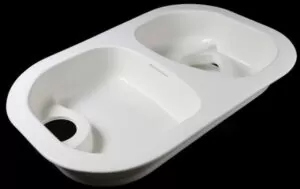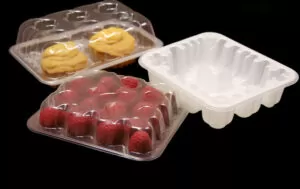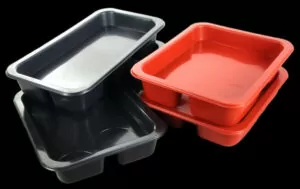The modern market has been heavily influenced by conscious consumerism and sustainability. It is no longer just a niche desire to find products or packaging that do not harm the Earth during their creation but a universal imperative. One method which does this well could be thermoforming – and it seems like lots of people don’t know about its benefits yet! You can make many different things with thermoplastics; they’re strong enough for repeated use but when you’re finished using them, recycling works too! Thermoplastics might start leading us towards a future without so much rubbish if we keep paying attention.
Thermoforming, an environmentally friendly form of plastic molding, is gaining popularity – especially compared to conventional injection molding process. But why are thermoformed products better for the planet? In this bloge we look at what sets sustainable thermoforming apart, unpack its environmental benefits, and highlight industries where thermoforming is leading the charge toward a green future.
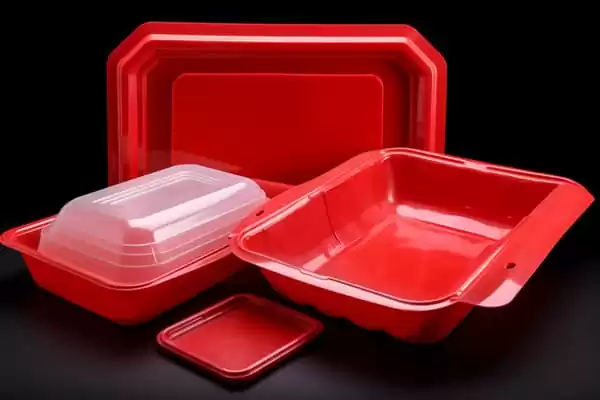
The Promise of Thermoformed Products
Understanding the sources of the products we use is important if we want to be sustainable. Thermoforming could help with this as it has a lot of environmentally friendly aspects. When things are made using injection molding, they need lots of pressure and heat. Thermoforming uses less energy and its carbon emissions are much lower when compared to making things in this way. However there is much more to thermoforming than just being green – especially when it comes to packaging.
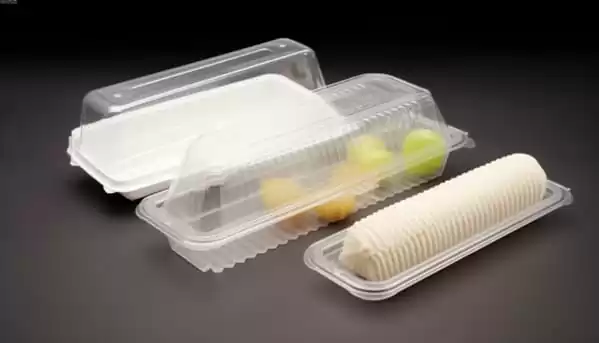
1. The Eco-Friendly Thermoforming Process
The process of thermoforming starts by warming a thermoplastic sheet until it becomes flexible. This technique uses less energy than other ways of shaping plastic. Once the sheet is hot enough, we can form it into shape using a mold. When the material cools down again, we will get the final shape. Because each object requires comparatively little energy during manufacture, we have overall reduced environmental impact.
2. A Case for Versatility
Thermoforming is a sustainability technology because of its ability to produce many different products using just one type of material. This means fewer kinds of plastic need to be recycled, vacuum forming simplifies the recycling process. Plus, lots of stuff can be made this way: clamshell packs and trays, yes, but also car interiors (dashboards etc.). And because there’s less chance these items will end up as rubbish before their time.

3. Durability by Design
Thermoformed products demonstrate remarkable strength and integrity. Because they are so durable, these items do not need to be replaced often and ultimately decreasing the volume of waste that ends up in landfills. Moreover, people who buy thermoformed products need not worry about them breaking or wearing out; this happens less frequently compared with goods made using traditional molding techniques, which is a win for consumers and the environment alike.
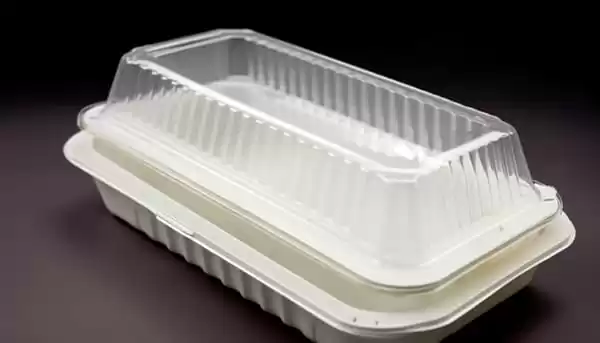
Environmental Impact of Thermoforming
Thermoforming goes beyond just being eco-friendly during production – it has a whole lot more to offer! Whether you’re looking at lower greenhouse gas emissions or recyclability once its useful life is done, thermoformed products stand out for their sustainable qualities that position it as a sustainable solution for a range of applications.
1. Reduced Greenhouse Gas Emissions
In simple terms, thermoforming produces less greenhouse gas emissions compared to traditional plastic manufacturing methods. Because it needs less energy, this process also relies less on fossil fuels – the main cause of such gases. So by choosing thermoformed items over others, businesses and consumers are making a small switch that can lead to a significant reduction in their carbon footprint.
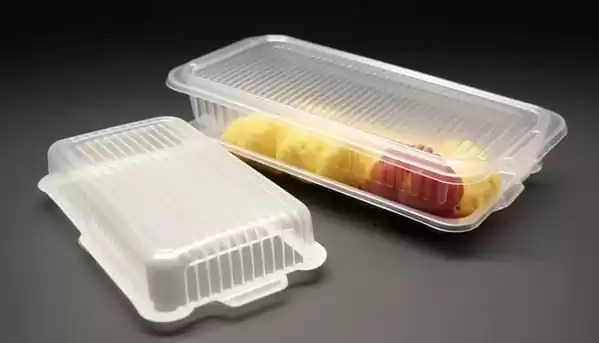
2. Recyclability Redefined
Not only can thermoformed products be recycled, but they already are being recycled and used again. The industry has responded to the increased need for recyclable plastics by creating better closed-loop recycling systems. Given appropriate facilities, most thermoformed products can be reprocessed and become part of new items – helping to create an environmentally friendly system where resources are constantly reused.
3. Reduce Landfill Waste
Durability of thermoformed packaging a boon for landfill efforts. The strength of thermoformed packaging is beneficial for landfills that struggle to cope with disposable plastics. By making long-lasting items and sustainable plastic materials, thermoforming helps cut down on plastic rubbish and so contributes towards creating a greener way of dealing with waste – one that lasts longer and needs fewer resources overall.

Thermoforming Revolution
Thermoforming is making its way into sectors with significant waste and environmental issues, causing major changes in how things are made and wrapped up. The domino effect of this green transition is rippling through sectors and setting new standards for what is achievable in terms of environmental responsibility.
1. Retail and Consumer Goods
When it comes to retail, clamshell packaging and trays are basic. Brands wanting sustainable options that don’t sacrifice quality or design need thermoformed solutions’ durability and ability to be customized. Whether they sell tech gadgets or makeup, such companies can reduce waste significantly by using these products–and give consumers a real environmentally friendly choice at the same time.
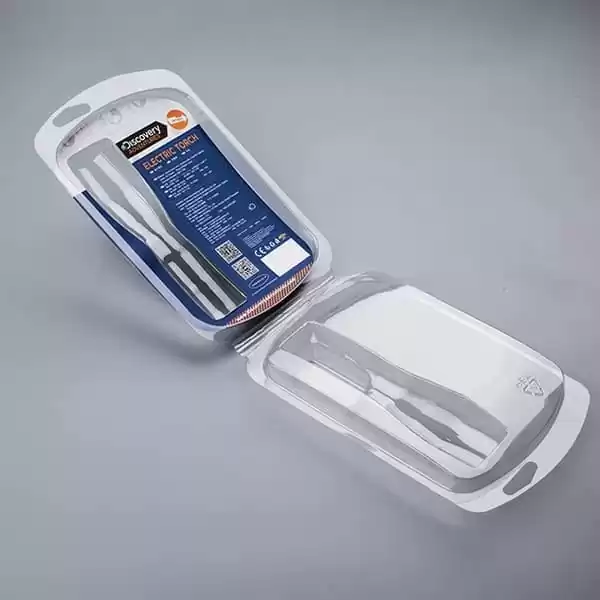
2. Food Packaging
The food sector is always compelled to discover ways of packaging or environmentally friendly packaging materials items that keep them fresh, make sure they last longer after being shelved and cut down on wastage. What makes thermoformed packaging technology such a game changer is its capacity to produce custom shapes and sizes which do all these jobs admirably well – yet can also be recycled in their entirety too. Whether you’re looking at pots belonging to individually portioned yogurts or those holding fancy chocolates for after dinner, it’s easy see everywhere how this technique has revolutionised things: now companies can be just as concerned about saving the planet as keeping edibles safe.
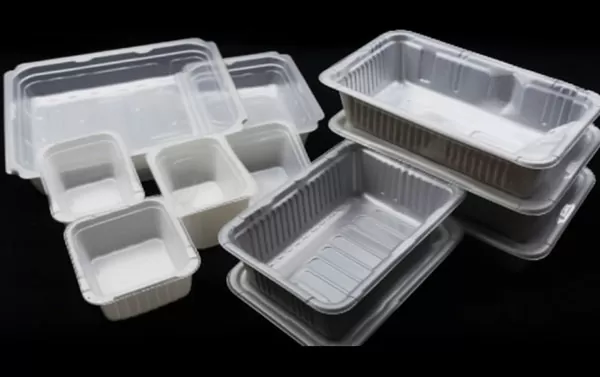
3. Automotive and Transportation
When it comes to sustainability, the transportation industry poses a difficult problem. Thermoforming offers a solution: It enables manufacturing firms in automotive sectors to produce lightweight items that are still strong enough for purpose — causing them ask whether other materials might be better suited overall. Think car interiors (and exteriors), components for planes or trains, even things like bus-shelter advertising panels: all these can now be made by thermoforming processes because they have qualities such as strength plus good looks along with being environmentally firendly too!

Adopting Thermoformed Solutions for a Greener Tomorrow
It’s not enough for sustainability to be a catchy phrase brands throw around—it needs to mean something consumers and companies want. Pressure forming offers an exciting chance for people to find real ways both individuals’ lives and businesses can use practical solutions in creating an environment better tomorrow; if you’re looking for how best take action towards this goal then consider integrating more thermoformed items today!

1. Educating Consumers
If consumers are to embrace thermoformed products in large numbers, they need to be educated about them. This will enable shoppers to buy these goods in the knowledge that they are environmentally sound – and thus help drive demand. Equally important: clear information on how well thermoformed items can be recycled along with facts about their lifecycle management should be readily available so people feel empowered enough to do their bit!
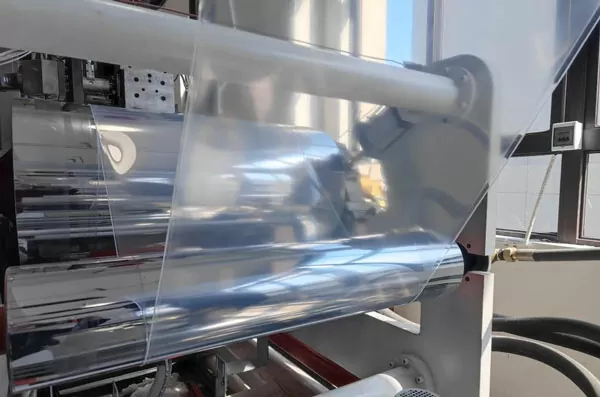
2. Policy and Infrastructure
If thermoforming is to become a true symbol of sustainability, we need backing from both policymakers and those who oversee our infrastructure. Governments and industry heads have to collaborate so they can set rules on what materials can be used – as well as encourage more recycling – while also building enough plants where this stuff gets repurposed. After all, it’s only by having an efficient recycling network in place for these items that we will ever truly reap their environmental rewards.
3. Collaborative Efforts
Working together, those involved in packaging, retail and recycling can do a lot for sustainability. If they share what they know with each other and work as a team to think of new ideas – then put them into action, it could make all the difference!
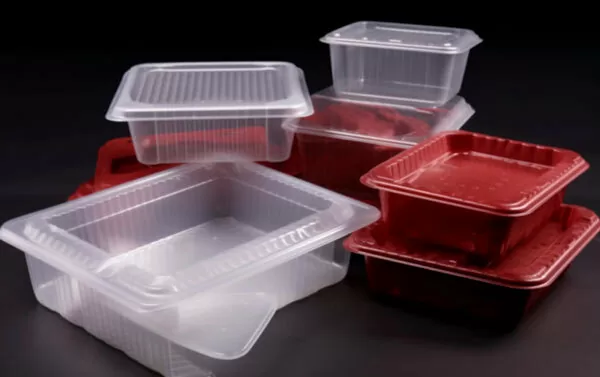
Conclusion
Our decisions today will determine whether we can achieve a more environmentally friendly world. Thermoforming captures both the essence of forward thinking, eco-consciousness and its importance if we are to work together towards this goal. By making items that are tough yet light ––and can be used again once their first life cycle ends–– thermoforming doesn’t just lessen how much rubbish factories produce; it also puts forth an example about how things should be made so they don’t cause unnecessary harm.
The tide is turning, people want things that do not harm the earth and more of them too. Thermoforming proves this point because it’s not only one way to make stuff—it also shows how much we care about our planet! When we talk up thermoforming (and use it), we’re doing something important. It helps move us all closer toward having great things around without messing up world.
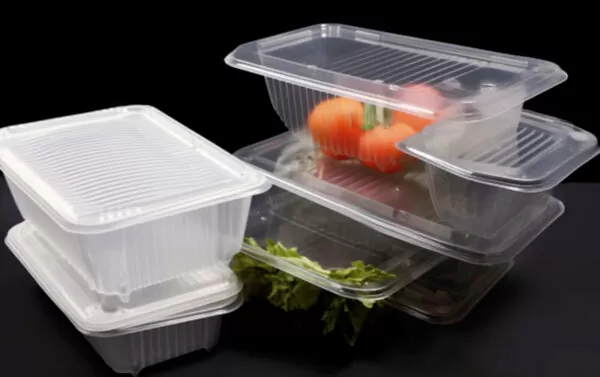
In exploring why thermoformed products excel in environmental considerations, several key factors emerge. Thermoforming allows for the creating precise product packaging and strong and durable packaging material, including lidding film packaging and packaging trays, using minimal resources compared to plastic injection molding. Its versatility extends to tamper-resistant packaging option and various shapes, enabling tailored solutions to meet specific product requirements. Furthermore, thermoformed packaging offers customize packaging designs that enhance brand recognition, presenting an attractive packaging option and eco-conscious choice for businesses. Overall, the benefits of thermoformed packaging contribute significantly to sustainability efforts, making it a superior option for environmentally conscious companies.



